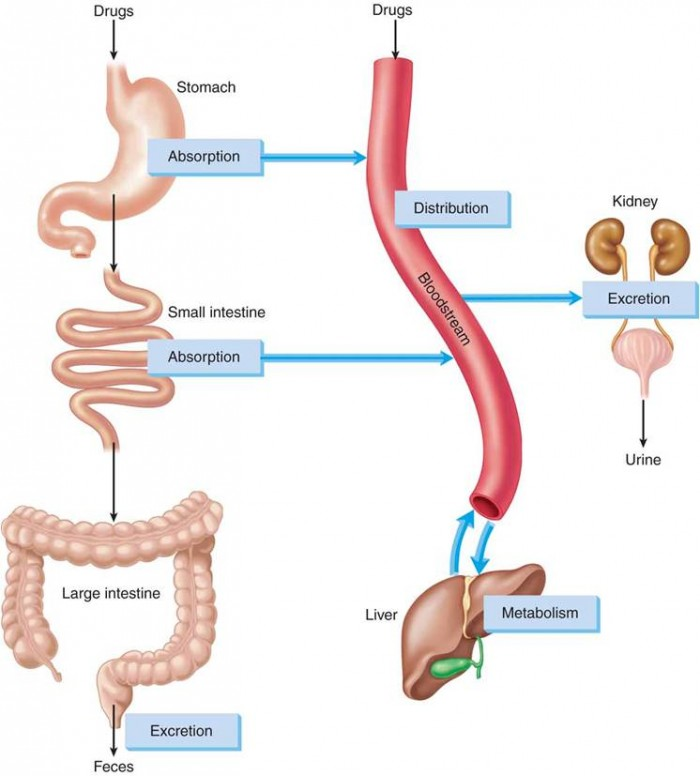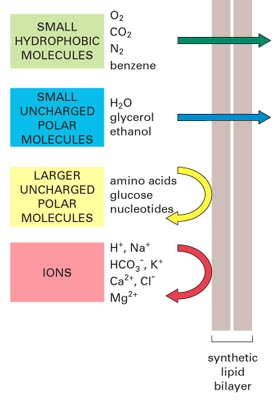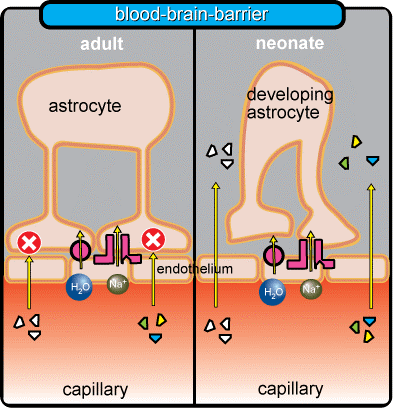Introduction to pharmacology
Oral Route
Most convenient but absorption depends on physicochemical properties - these can be manipulated.
- is it stable in acid?
- is it broken down by enzymes?
- is it easily absorbed through wall of the gut?
Penicillin G unstable in acid. Penicillin V more stable.
Some patient characteristics may affect absorption
- gastric emptying
- acid production
- GI disorders
Low bioavailability
- need higher doses
- excess remains in the gastrointestinal tract
Various dosage forms for particular properties
- enteric coated
- sustained or modified release formulations (MR/SR)
- liquid formulation
Other methods of administration
Parenteral - IV, SC, IM
- IV 100% bioavailability
- SC and IM gradual absorption
Suppository
- good absorption
- retention a problem

Drug Movement
Drugs move around body in two ways:
- Bulk flow Transfer – i.e. blood transfer
- Diffusion Transfer – molecule by molecule – short distances
- Through barriers
Cellular barriers have lipid membranes drugs can cross cellular barriers by:
- passive diffusion transfer: - main factor is lipid solubility
- carrier mediated transfer
The influence of pH on drug transfer
- Acids are compounds that can dissociate to donate one or more protons
- Bases are proton acceptors
- Many drugs are weak acids or bases
- Their degree of ionisation, therefore, is dependent on the pH of their environment
Acids & bases in solution
- In water, strong acids and bases are 100% dissociated
- With increasing pH:
- Acids become increasingly ionised
- Bases become increasingly unionised

Membranes are essentially made up of a lipid bilayer. In general, small lipid-soluble substances can pass more readily than large, polar or highly ionised substances.
Hydrophilic / Lipophilic Balance
Both are essential
- Hydrophilic - (polar groups / ionised) needs transport
- Lipophilic - (non-polar / unionised) - Cross membrane
Carrier mediated transfer
- Renal Tubule
- Biliary Tract
- BBB
- GI Tract

The blood circulation is separated from the central nervous system by the Blood-Brain Barrier. An adult with a mature nervous system allows lipohilic compounds including drugs to pass through but other compounds such as ions, water and glucose can only pass through via specialised channels or carrier mediated transport. The barrier is formed by specialised nerve cells such as astrocytes forming a tight barrier against the endothelium. In neonates this barrier isn’t properly formed and drugs can easily pass causing potentially significant risk to the developing brain.
Copyright eBook 2019, University of Leeds, Leeds Institute of Medical Education.